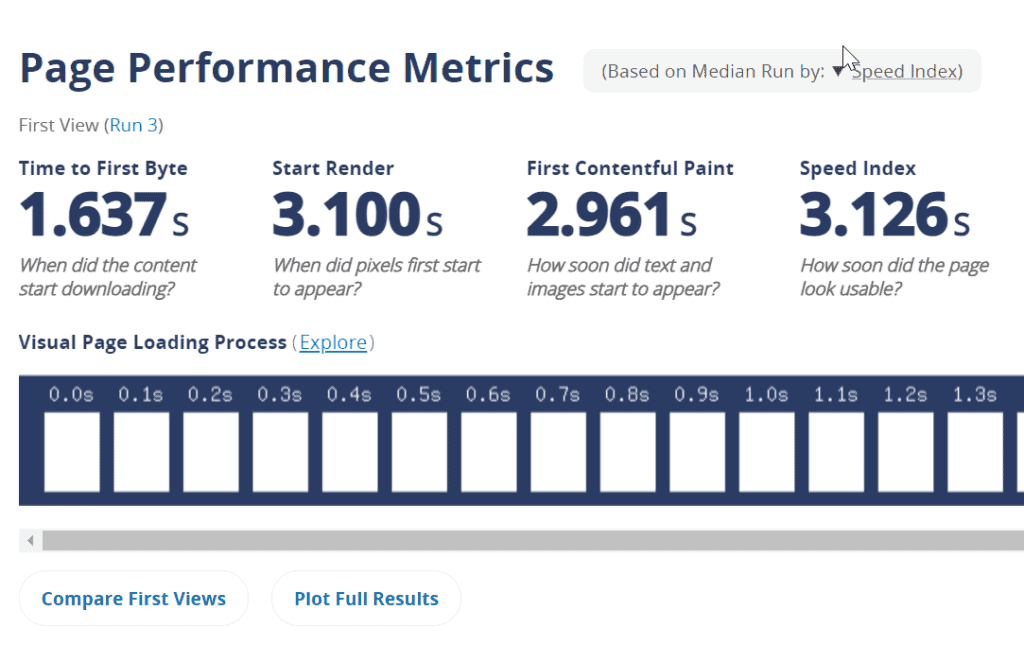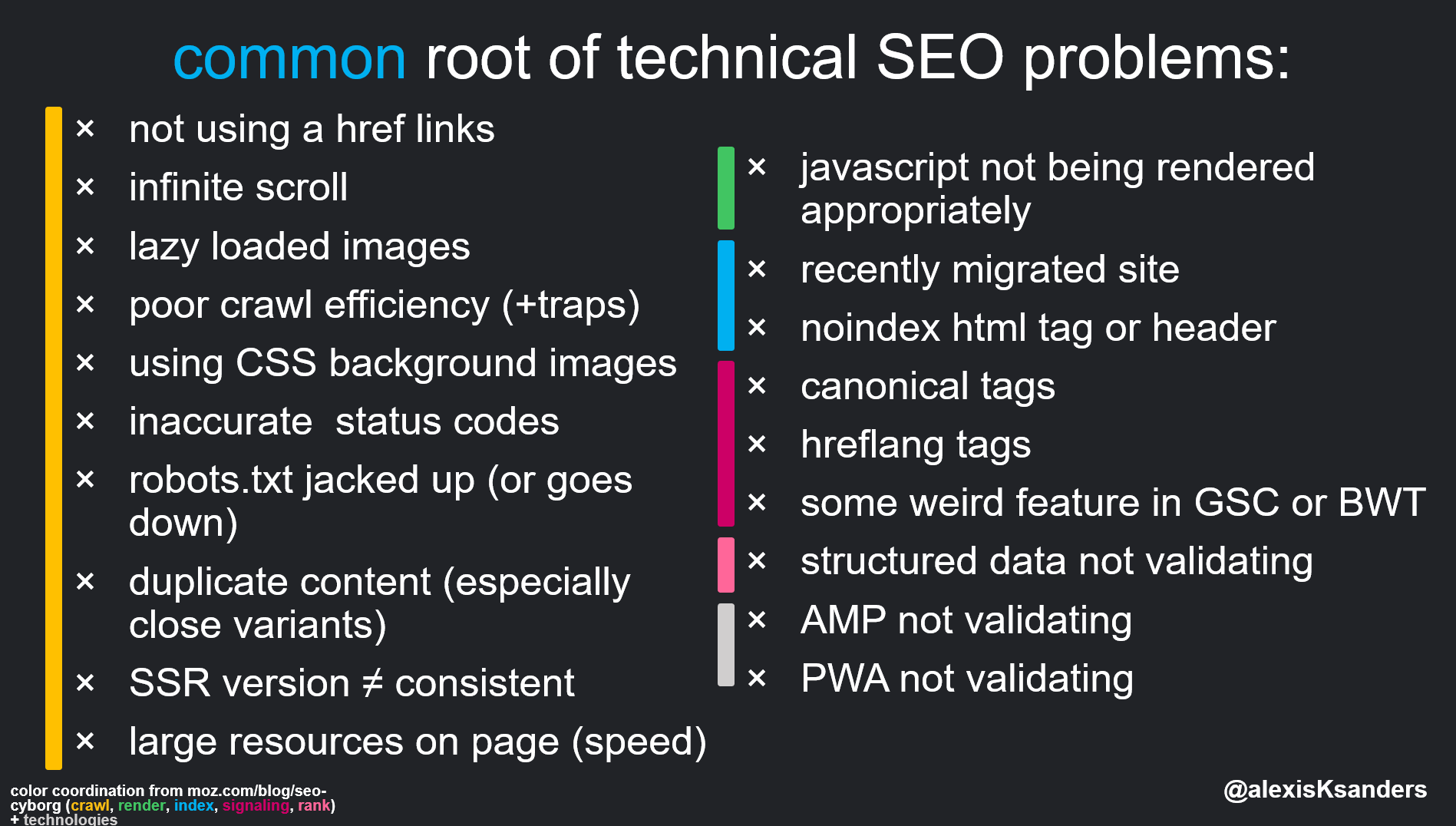In the whirlwind world of nonprofit marketing, where your focus is spread thinner than budget allocations, it’s no surprise that something as cryptic as technical SEO often gets sidelined. For nonprofit organizations, a well-functioning, user-friendly, and search engine optimized website can make a significant difference in achieving their mission. But how exactly does website health impact SEO for nonprofits? Let’s delve into this topic.
The Importance of Website Health
 Dive into the heart of what makes a website tick, and you’ll find its health at the core—spanning the spectrum from the lightning-fast load times and seamless mobile experience to the fortress-like security and compelling content. A healthy website does more than just function smoothly; it acts as a digital beacon, guiding users through a positive experience while shining brightly on search engine radars.
Dive into the heart of what makes a website tick, and you’ll find its health at the core—spanning the spectrum from the lightning-fast load times and seamless mobile experience to the fortress-like security and compelling content. A healthy website does more than just function smoothly; it acts as a digital beacon, guiding users through a positive experience while shining brightly on search engine radars.
For nonprofits, the stakes are even higher. A vibrant, healthy website serves as your digital ambassador, reaching out to potential donors, rallying volunteers, and touching the lives of beneficiaries. It’s the foundation on which trust is built and awareness is spread, turning interest into action—one click, one donation at a time. Yet, maintaining this digital pulse requires a steady hand, a keen eye for detail, and an ongoing commitment to optimization and regular health checks.
Website Health and User Experience
Your website is the ultimate host, greeting visitors with open arms, a swift pace, and a clear path forward. That’s what a healthy website does—it rolls out the red carpet with speedy load times, effortless navigation, and a layout that’s as friendly on a smartphone as it is on a desktop. This welcoming atmosphere encourages visitors to stick around, dive deeper, and maybe even hit that ‘donate’ button or subscribe to your newsletter. It’s the digital equivalent of a warm handshake, inviting them into your world to explore, engage, and connect.
But imagine the opposite – you’ve got a website that’s more like a puzzle than a path—slow, confusing, and full of dead ends (like broken links). It’s like hosting a gala where the guests can’t find the entrance, let alone the party. The result? Potential supporters bounce faster than a rubber ball, taking their goodwill and wallets with them. That’s why for nonprofits, prioritizing website health isn’t just about avoiding digital pitfalls; it’s about crafting an online space that’s as inviting and impactful as your mission. Ensuring your website is the perfect host is key to turning casual visitors into committed supporters.
Website Health and SEO
Diving into the world of Search Engine Optimization (SEO) is like unlocking a secret code that propels your website up the search engine ranking. Imagine your website as a contestant in the digital Olympics, where the prize is the coveted top spot on search engine results pages (SERPs). The healthier your website, the better its chances of clinching gold, soaring in visibility, and drawing in more organic traffic.
Google and other search engines use a cocktail of complex algorithms that scrutinize your website’s health. They’re checking if your site has the agility of site speed, the flexibility of mobile-friendliness, the strength of security, and the endurance of quality content. For nonprofits aiming to broaden their impact, giving these factors a boost isn’t just about sprucing up your website; it’s about flinging open the doors to a wider audience, ensuring your message not only reaches far and wide but also resonates.
Site Speed and SEO

Site speed is a critical factor in both user experience and SEO. Users expect a website to load quickly. If it doesn’t, they are likely to leave and may never return. Search engines also consider site speed when ranking websites. A faster website is more likely to rank higher on SERPs. Therefore, nonprofits should regularly check their site speed and take necessary steps to improve it.
There are several ways to improve site speed, such as optimizing images, scaling your web hosting, reducing server response time, and using a content delivery network (CDN). By improving site speed, nonprofits can enhance user experience and boost their SEO.
Mobile-Friendliness and SEO
Gone are the days when having a mobile-friendly website was a nice-to-have; it’s now firmly in the must-have territory. Think about it: when was the last time you patiently pinched and zoomed to navigate a site on your phone? Exactly.
Users, much like yourself, expect smooth sailing through websites on their mobile devices. If they hit a snag, they’re out, and just like that, you’re grappling with skyrocketing bounce rates.
Search engines also consider mobile-friendliness when ranking websites. Google, for instance, uses mobile-first indexing, which means it primarily uses the mobile version of a website for indexing and ranking. For nonprofits looking to spread their message far and wide, ensuring your website plays nice on mobile isn’t just about keeping your visitors happy—it’s also about cozying up to search engines. Making your website mobile-friendly is a win-win, boosting both user experience and your SEO game.
Regular Website Health Checks
Think of your website as a living, breathing entity—it needs regular check-ups to stay in tip-top shape, much like we do. Skipping these check-ups is like ignoring that nagging cough; before you know it, small issues have snowballed into major headaches that could have been easily avoided. Regular website health checks are the preventive medicine your site needs to ensure it’s always delivering a stellar user experience and not sliding down the SEO ranks.
What’s on the checklist for a healthy website, you ask? It’s about diving into the nitty-gritty:
- Hunting down broken links that lead nowhere (because no one likes getting lost on a website, especially Google)
- Measuring how quickly your pages load (because patience is a virtue, but let’s not test it too much)
- Ensuring your site looks good on mobile devices (because that’s where everyone is)
- Tightening up security (to keep bad actors out)
- And making sure your content still sparkles. (The real reason users visit your site)
By giving your nonprofit’s website these regular once-overs, you’re not just keeping it healthy; you’re ensuring it remains a beacon for your cause, making a positive impact on both users and your SEO efforts.
What’s Technical SEO?
Technical SEO, often overshadowed by its more glamorous counterparts like content creation and social media marketing, is the unsung hero in this narrative. It’s the foundation that ensures your site is not just a collection of meaningful content but a beacon easily discovered by those who need it most. By optimizing the technical aspects of your website, you’re essentially laying down the red carpet for search engines, inviting them to rank your site favorably.
But why should nonprofit marketers pay attention to technical SEO? For starters, nonprofit websites often serve a dual purpose: educating the public and soliciting support, be it through donations, volunteer work, or spreading awareness. A technically sound website, with fast loading speeds, mobile optimization, and secure connections, enhances user experience, reducing bounce rates, and increasing the likelihood of visitors taking the desired action. It’s not just about being found; it’s about providing a seamless journey once visitors land on your page.
Moreover, technical SEO is akin to speaking the search engines’ language. Implementing structured data, for example, can make your content more understandable to search engines, thereby improving your visibility in search results. This can be particularly beneficial for nonprofit websites when it comes to promoting events, fundraising campaigns, and educational resources. In essence, investing in technical SEO is not a mere technicality; it’s a strategic move towards amplifying your nonprofit’s voice, ensuring your message reaches as many ears as possible. By embracing these technical nuances, you’re not just optimizing a website; you’re elevating your mission.
Read more about the importance of technical SEO in our blog Maximizing Accessibility and SEO with Alt Text: A Must-Have for Nonprofit Websites.
Conclusion
Wrapping up, think of website health as the heartbeat of your nonprofit’s digital presence. It’s what keeps your site lively, inviting, and functional, paving the way for a flood of engagement, conversions, and, yes, those crucial donations. A well-oiled website not only makes a great first impression but also climbs the search engine ranks, ensuring your message finds its audience in the vast digital ecosystem.
For nonprofits, the message is clear: give your website the TLC it deserves with regular health checks. This isn’t just about ticking boxes; it’s about opening doors—wider reach, deeper trust, and heightened awareness for your cause. By keeping your website in prime condition, you’re not just maintaining a site; you’re nurturing a platform that amplifies your voice, engages your community, and fuels your mission. And if you need a website primary care doctor, we’re here to help.


